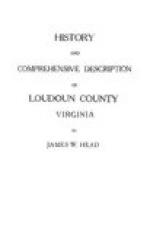The substantial planter and burgher dressed well but were not so particular about their wigs, of which they probably owned no more than one, kept for visiting and for Sabbath use. They usually yielded to the custom of shaving their heads, however, and wore white linen caps under their hats. During the Revolutionary War wigs were scare and costly, linen was almost unobtainable and the practice of shaving heads accordingly fell rapidly into desuetude. Sometimes the burgher’s hat was of wool or felt, with a low crown and broad brim, turned up and cocked. About his neck he wore a white linen stock, fastening with a buckle at the back. His coat was of cloth, broad-backed, with flap-pockets, and his waist-coat, of the same stuff, extended to his knees. He wore short breeches with brass or silver knee-buckles, red or blue garters, and rather stout, coarse leather shoes, strapped over the quarter. He wore no sword, but often carried a staff, and knew how to use it to advantage.
Mechanics, laborers and servants wore leather-breeches and aprons, sagathy coats, osnaburg shirts and hair-shag jackets, coarse shoes, and worsted or jean stockings, knit at home.
The dress of the women of these classes was shabbier still, their costumes, for the most part, comprising stamped cotton and white dimity gowns, coarse shift (osnaburg), country cloth, and black quilted petticoats. In the backwoods and the primitive German settlements the women all wore the short gowns and petticoats, also tight-fitting calico caps. In summer, when employed in the fields, they wore only a linen shift and a petticoat of home-made linsey. All their clothing, in fact, was home-made.
The ladies of quality, however, as has been intimated, dressed extravagantly, frizzed, rouged, wore trains, and acted as fashionable women have done from the immemorial beginning of things.




